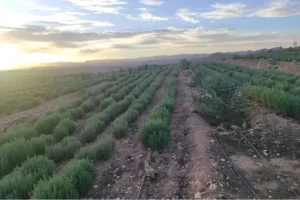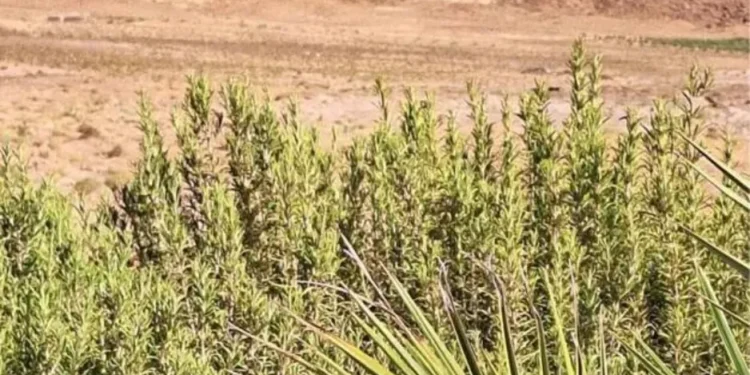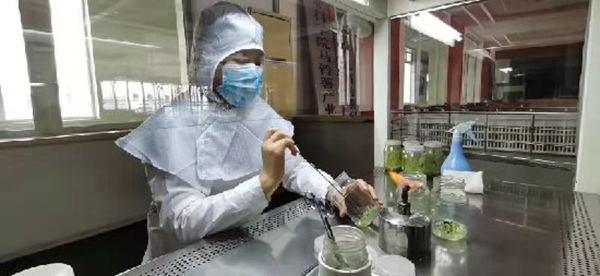Prolonged drought conditions in Morocco, coupled with similar challenges across other Mediterranean countries, have severely impacted the quality and availability of wild-grown rosemary. The situation has caused delays in the awarding of harvesting contracts and has led to significant shifts in production strategies within the industry.
According to Mehdi Benchekroun, owner of Les Domaines Mehdi Bencherkoun, the drought has hindered the natural regeneration of rosemary plants. “We are facing shorter plants with paler coloration, and the rosemary harvested this year is expected to have lower levels of carnosic acid—a key compound valued by the food and pharmaceutical industries,” Benchekroun explains. This quality degradation is attributed to the adverse weather conditions, which have stunted plant growth and reduced their overall consistency.
In response to these challenges, Moroccan authorities have implemented measures to protect the remaining wild rosemary stocks by prohibiting harvesting in certain regions. This decision aims to allow the plants time to recover and regenerate, a critical step toward ensuring the long-term sustainability of wild rosemary resources.
Given these circumstances, the industry is increasingly turning to cultivated and irrigated rosemary as a viable alternative. Benchekroun highlights that several new rosemary plantations have been established across Morocco, including in the Ouarzazate region, where he has initiated his own production. “We are focusing on selected varieties that are particularly suitable for botanical extraction and essential oil production,” he notes.
The shift from wild-grown to cultivated rosemary is seen as a necessary adaptation to the ongoing drought and aridity that are affecting the region. While this transition is intended to be temporary, it reflects the broader need for more resilient agricultural practices in the face of climate change. Benchekroun emphasizes the importance of supporting clients through this difficult season by sourcing wild-grown rosemary that meets their standards, despite the inconsistencies in quality and availability from region to region.
As the industry navigates these challenges, the hope remains for a return to normal weather patterns and sufficient rainfall, which would allow for the revival of wild rosemary harvesting in the future. Until then, the focus will be on maximizing the potential of cultivated crops to meet global demand for this valuable botanical resource.











